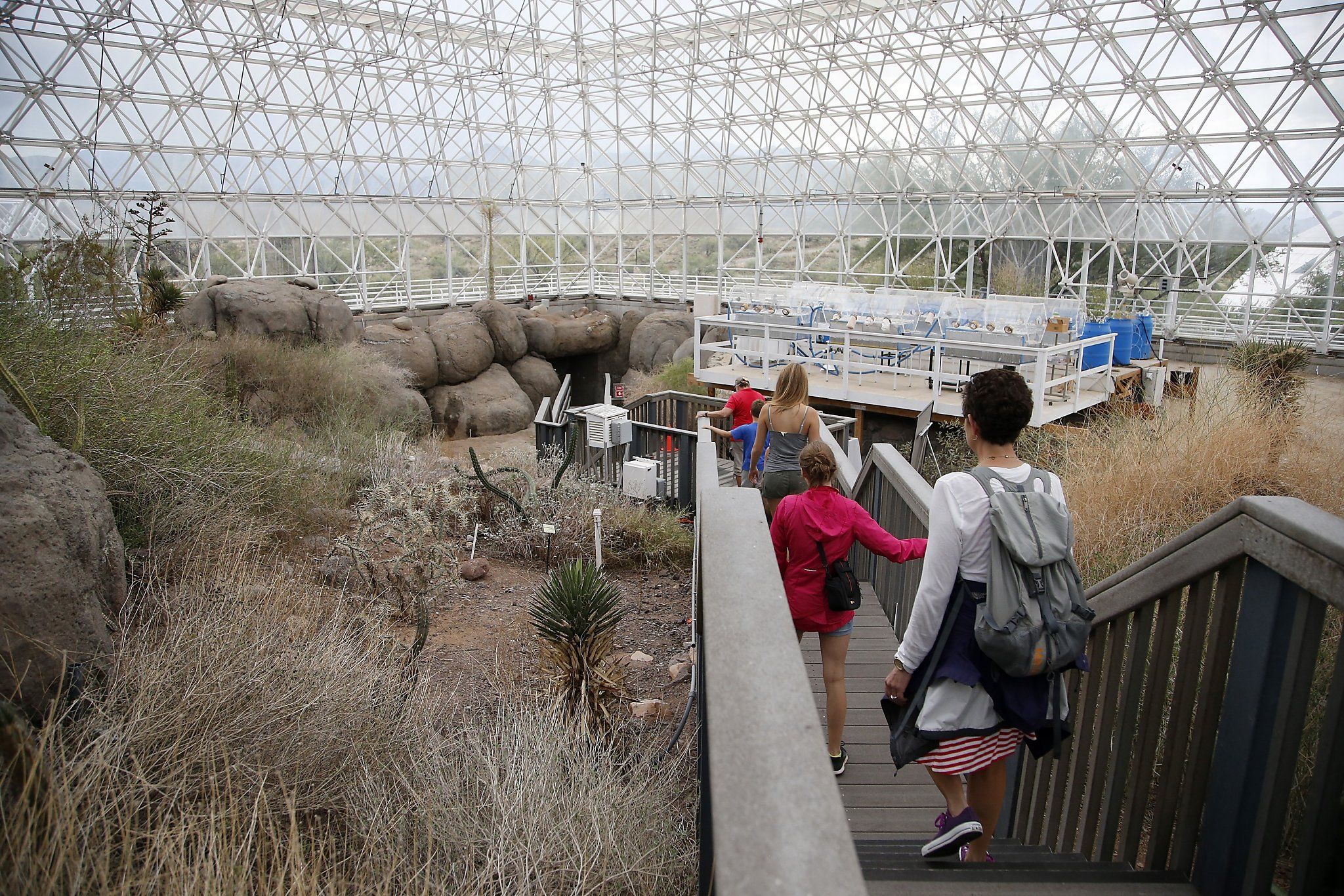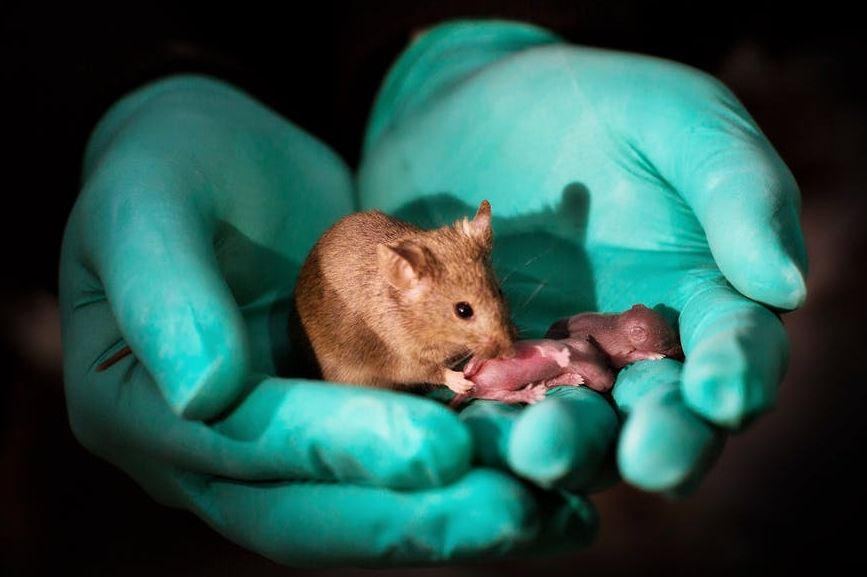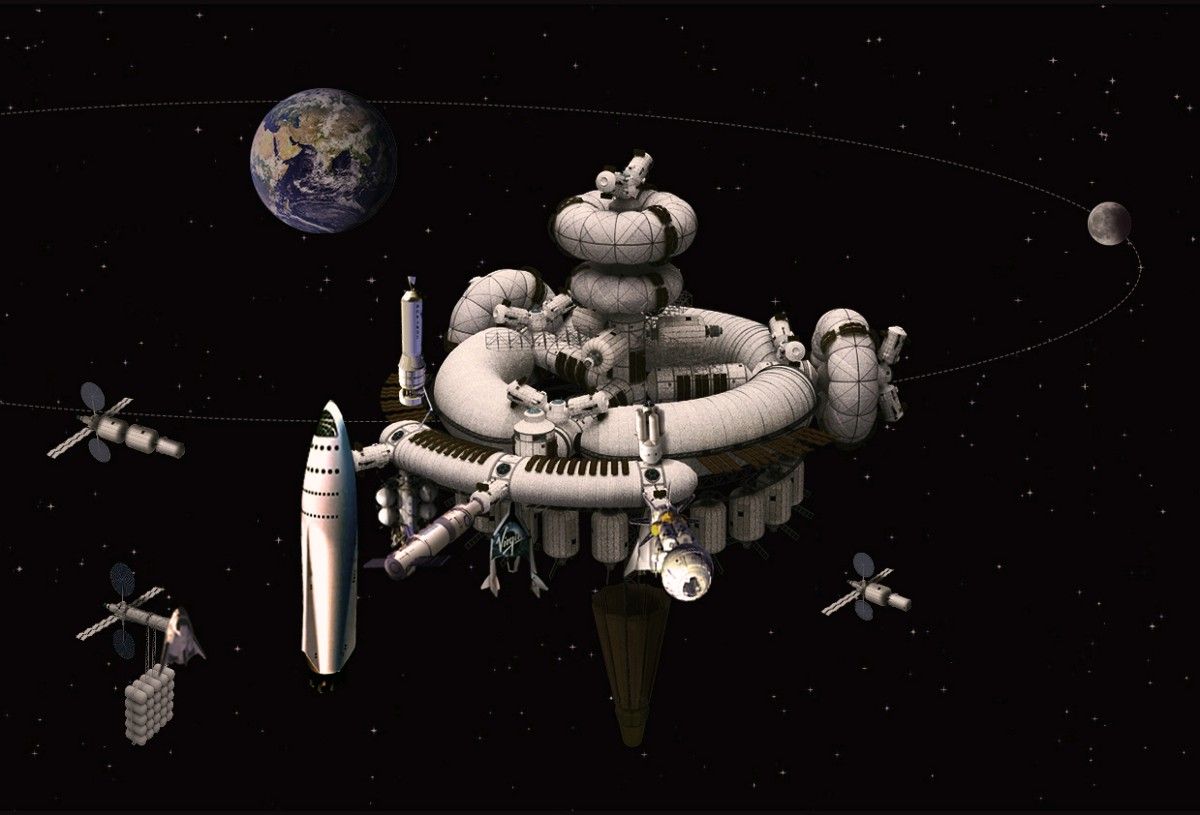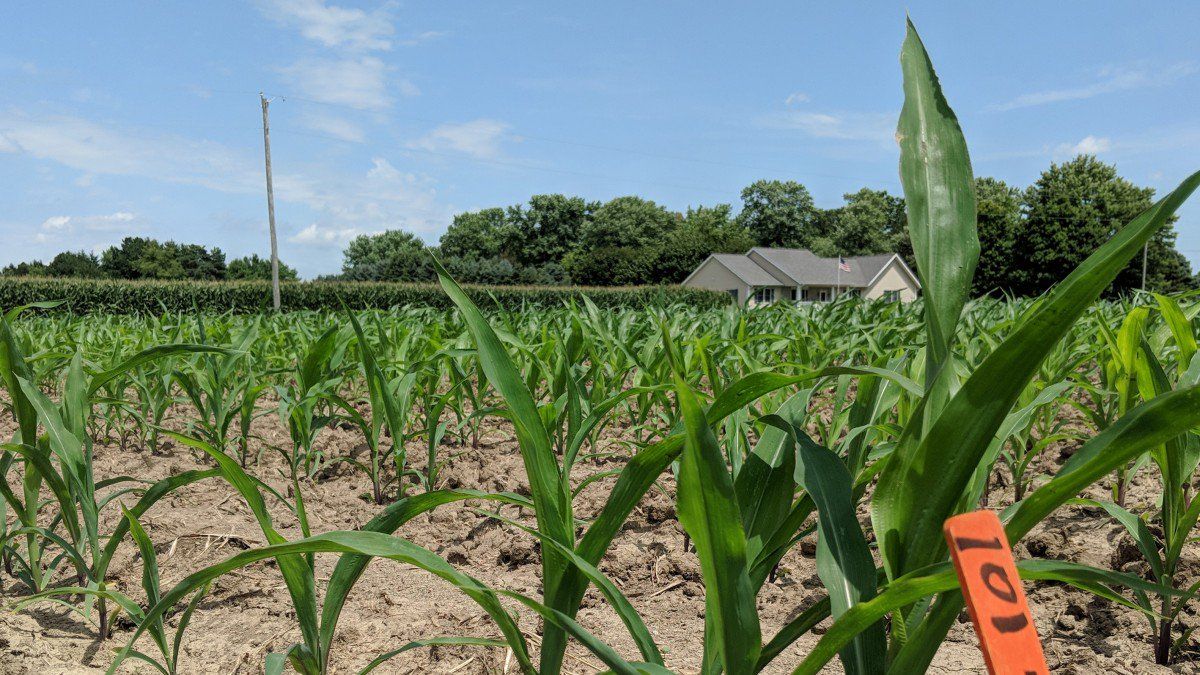“This may be the best example of an animal masquerading as a plant that we have,” biologist Nicholas Paul, an expert on seaweed and algae at Australia’s University of the Sunshine Coast, said in an email. He wasn’t involved with the new study.
The new species exclusively feed on the seaweed genus Caulerpa and are found throughout the Pacific, including Malaysia, Australia, Guam, and the Philippines. Humans consider the algae’s caviar-like bulbs, called sea grapes, a delicacy—but few sea creatures dare eat the stuff, making them highly invasive. Thanks to the global aquarium trade, the algae has invaded waters from the Mediterranean to Japan.







